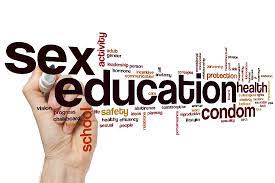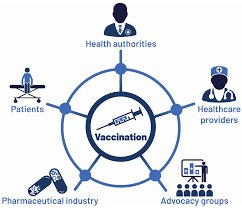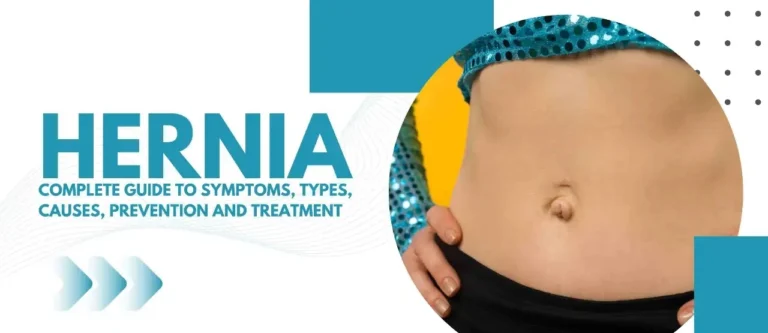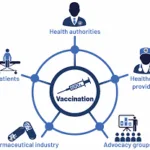Sexual education plays a crucial role in public health by providing individuals with the knowledge and tools needed to make informed decisions about their sexual health. Research consistently shows that comprehensive sexual education significantly reduces sexually transmitted disease (STD) infection rates and promotes healthier communities. This guide explores the vital connection between education and prevention.
What is Comprehensive Sexual Education?
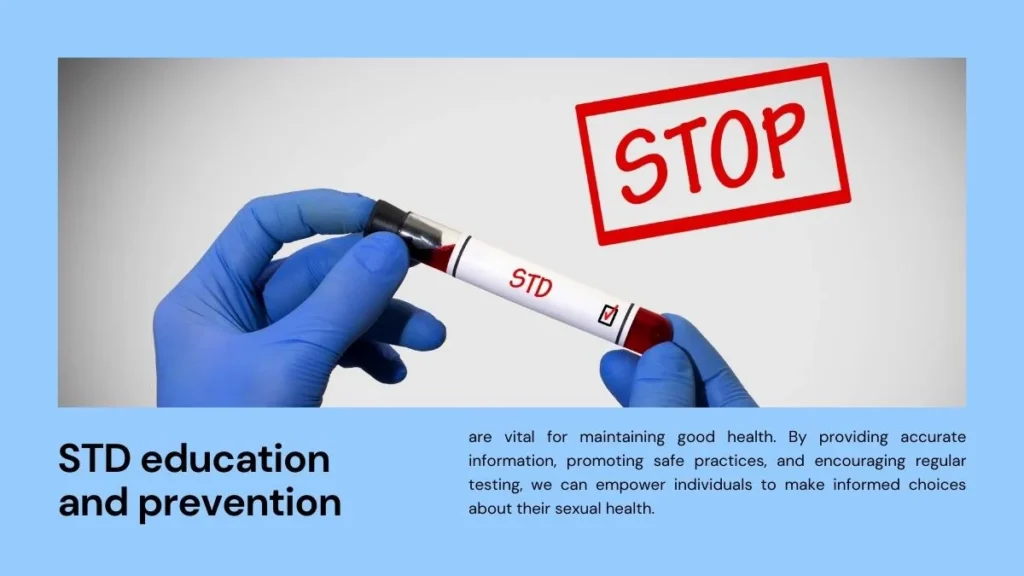
Comprehensive sexual education is an evidence-based approach to teaching about human sexuality that includes medically accurate, age-appropriate information about sexual health, relationships, and decision-making. Unlike abstinence-only programs, comprehensive education covers a broad range of topics including anatomy, contraception, disease prevention, healthy relationships, and consent.
Effective sexual education programs are typically implemented across multiple grade levels, adapting content to developmental stages while building upon previously learned concepts. These programs emphasize critical thinking skills and help students develop the confidence to make responsible choices about their sexual health.
The Role of Education in STD Prevention
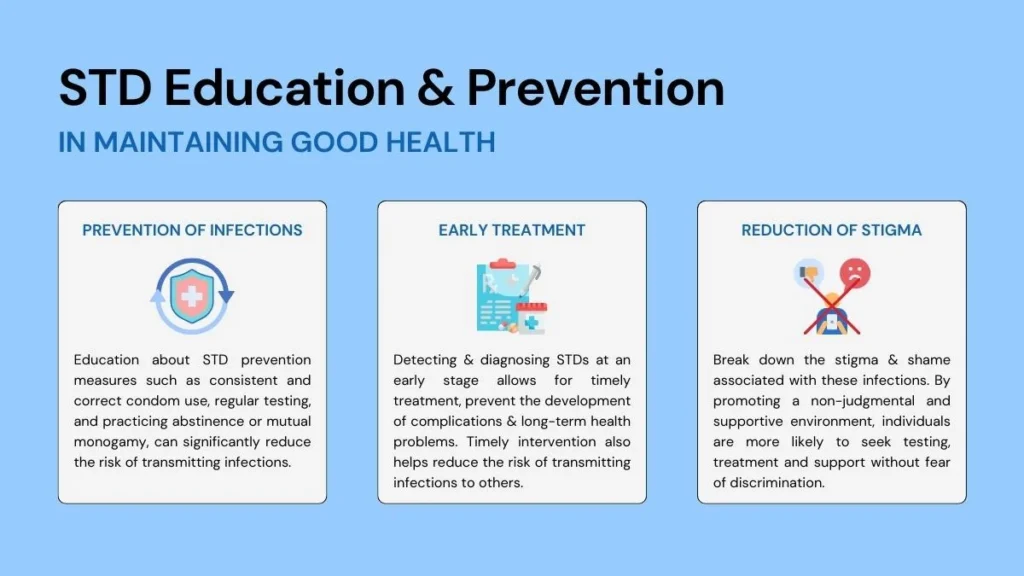
Sexual education serves as the foundation for STD prevention by addressing knowledge gaps and misconceptions that can lead to risky behaviors:
Knowledge Building:
- Teaching accurate information about STD transmission and prevention
- Explaining the importance of regular testing and early detection
- Providing facts about various contraceptive methods and their effectiveness
- Addressing myths and misconceptions that can lead to dangerous behaviors
Skill Development:
- Communication skills for discussing sexual health with partners
- Decision-making abilities for evaluating risks and benefits
- Negotiation skills for safe sex practices
- Self-advocacy skills for accessing healthcare services
Behavioral Change:
- Encouraging regular STD testing and healthcare visits
- Promoting consistent and correct use of barrier protection
- Supporting informed decision-making about sexual partners and activities
- Fostering healthy relationship dynamics based on respect and consent
Impact on Infection Rates
Research demonstrates that comprehensive sexual education significantly reduces STD infection rates through multiple mechanisms:
Statistical Evidence: Studies show that students who receive comprehensive sexual education are 50% less likely to experience teen pregnancy and have significantly lower rates of STDs compared to those receiving abstinence-only education or no formal sexual education.
Long-term Benefits:
- Delayed initiation of sexual activity among adolescents
- Increased use of contraception and barrier protection
- Higher rates of STD testing and treatment seeking
- Reduced transmission rates in communities with comprehensive programs
Population Health Impact: Communities with robust sexual education programs report lower overall STD rates, reduced healthcare costs related to untreated infections, and improved reproductive health outcomes across all age groups.
Essential Components of Effective Programs
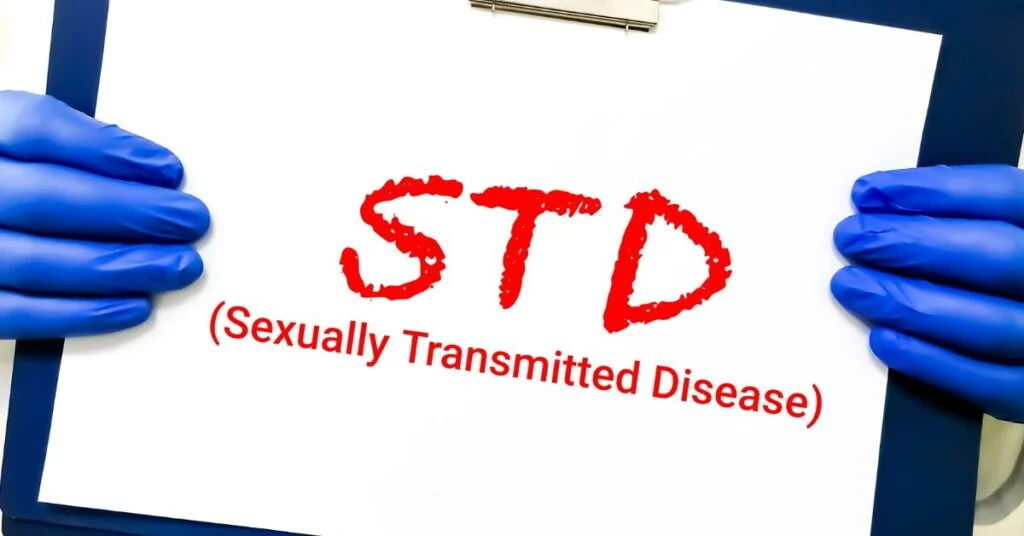
Successful sexual education programs share several key characteristics:
Curriculum Elements:
- Medically accurate, up-to-date information
- Age-appropriate content delivery
- Cultural sensitivity and inclusivity
- Interactive learning opportunities and skill-building exercises
Teaching Approaches:
- Trained, qualified educators
- Safe, non-judgmental learning environments
- Opportunities for questions and discussion
- Connection to healthcare resources and services
Community Support:
- Parent and family engagement
- Healthcare provider partnerships
- Policy support at institutional and governmental levels
- Ongoing program evaluation and improvement
Addressing Common Barriers
Several obstacles can limit the effectiveness of sexual education programs:
Educational Challenges:
- Inconsistent implementation across schools and regions
- Lack of trained educators and adequate resources
- Political and religious opposition to comprehensive programs
- Varying state and local policies regarding curriculum content
Social and Cultural Barriers:
- Stigma surrounding discussions of sexuality
- Cultural or religious beliefs that conflict with comprehensive education
- Parental concerns about age-appropriateness
- Gender and LGBTQ+ inclusivity issues
Solutions and Strategies:
- Evidence-based advocacy for policy change
- Community engagement and stakeholder education
- Teacher training and professional development programs
- Culturally responsive curriculum development
Home and Community-Based Education
Sexual education extends beyond formal classroom settings:
Family Conversations:
- Creating open, honest communication channels between parents and children
- Providing resources for parents to discuss sexual health topics
- Encouraging ongoing dialogue rather than one-time conversations
- Modeling healthy relationship behaviors and decision-making
Community Resources:
- Healthcare provider education during routine visits
- Community health programs and workshops
- Peer education and mentorship programs
- Online resources and educational materials
Media Literacy:
- Teaching critical evaluation of sexual health information in media
- Addressing unrealistic portrayals of sexuality and relationships
- Promoting reliable, evidence-based information sources
- Encouraging healthy skepticism of unverified claims
Prevention Strategies Beyond Education
While education is fundamental, comprehensive STD prevention requires multiple approaches:
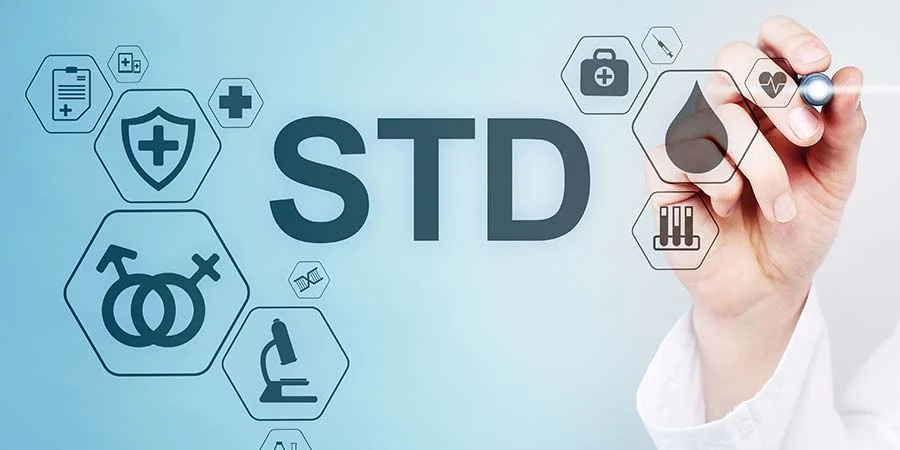
Healthcare Access:
- Regular screening and testing services
- Accessible contraception and barrier protection
- Treatment services for diagnosed infections
- Counseling and support services
Policy Interventions:
- Insurance coverage for sexual health services
- Confidentiality protections for minors
- Mandatory reporting and partner notification systems
- Public health surveillance and outbreak response
Community Support:
- De-stigmatization efforts and awareness campaigns
- Support groups for individuals with STDs
- Advocacy for sexual health rights and resources
- Research funding for prevention and treatment advances
Measuring Success and Effectiveness
Evaluating sexual education programs requires comprehensive assessment:
Outcome Measures:
- STD infection rates and trends over time
- Knowledge assessments before and after program implementation
- Behavioral surveys regarding sexual health practices
- Healthcare utilization patterns and testing rates
Quality Indicators:
- Program fidelity and implementation consistency
- Educator training and competency levels
- Student engagement and satisfaction measures
- Community acceptance and support levels
Frequently Asked Questions

Q: At what age should sexual education begin?
A: Age-appropriate sexual education should begin early, with basic concepts about body parts and personal safety taught to young children, progressing to more comprehensive topics during adolescence. Most experts recommend starting formal education around ages 9-11, before puberty begins.
Q: Does sexual education encourage sexual activity among teens?
A: Research consistently shows that comprehensive sexual education does not increase sexual activity. In fact, it often delays the initiation of sexual activity and promotes safer practices when teens do become sexually active.
Q: How effective is sexual education in preventing STDs?
A: Studies demonstrate that comprehensive sexual education can reduce STD rates by 40-50% in communities where it’s properly implemented, compared to areas with abstinence-only or no formal sexual education programs.
Q: What should parents do if their school doesn’t offer comprehensive sexual education?
A: Parents can supplement with home-based education using reliable resources, seek community programs, consult with healthcare providers, and advocate for policy changes at the school or district level.
Q: How do cultural and religious beliefs affect sexual education effectiveness?
A: Successful programs respect cultural and religious diversity while maintaining medical accuracy. Engaging community leaders and adapting delivery methods can help overcome potential conflicts while preserving program integrity.
Q: What role do healthcare providers play in sexual education?
A: Healthcare providers serve as crucial partners by reinforcing educational messages, providing personalized counseling, offering confidential services, and serving as trusted sources of accurate information for both students and families.
Conclusion
Comprehensive sexual education is a powerful public health tool that significantly reduces STD infection rates while promoting overall sexual health and well-being. The evidence overwhelmingly supports the effectiveness of well-designed, properly implemented programs in creating healthier communities and empowering individuals to make informed decisions.
Investing in quality sexual education programs, training qualified educators, and supporting policy changes that promote comprehensive approaches can create lasting positive impacts on public health. By working together – educators, healthcare providers, parents, and communities – we can ensure that all individuals have access to the knowledge and resources they need to protect their sexual health throughout their lives.
The path forward requires continued advocacy, evidence-based program development, and commitment to overcoming barriers that prevent effective implementation. The health and well-being of current and future generations depend on our collective efforts to prioritize comprehensive sexual education as an essential component of public health strategy.

